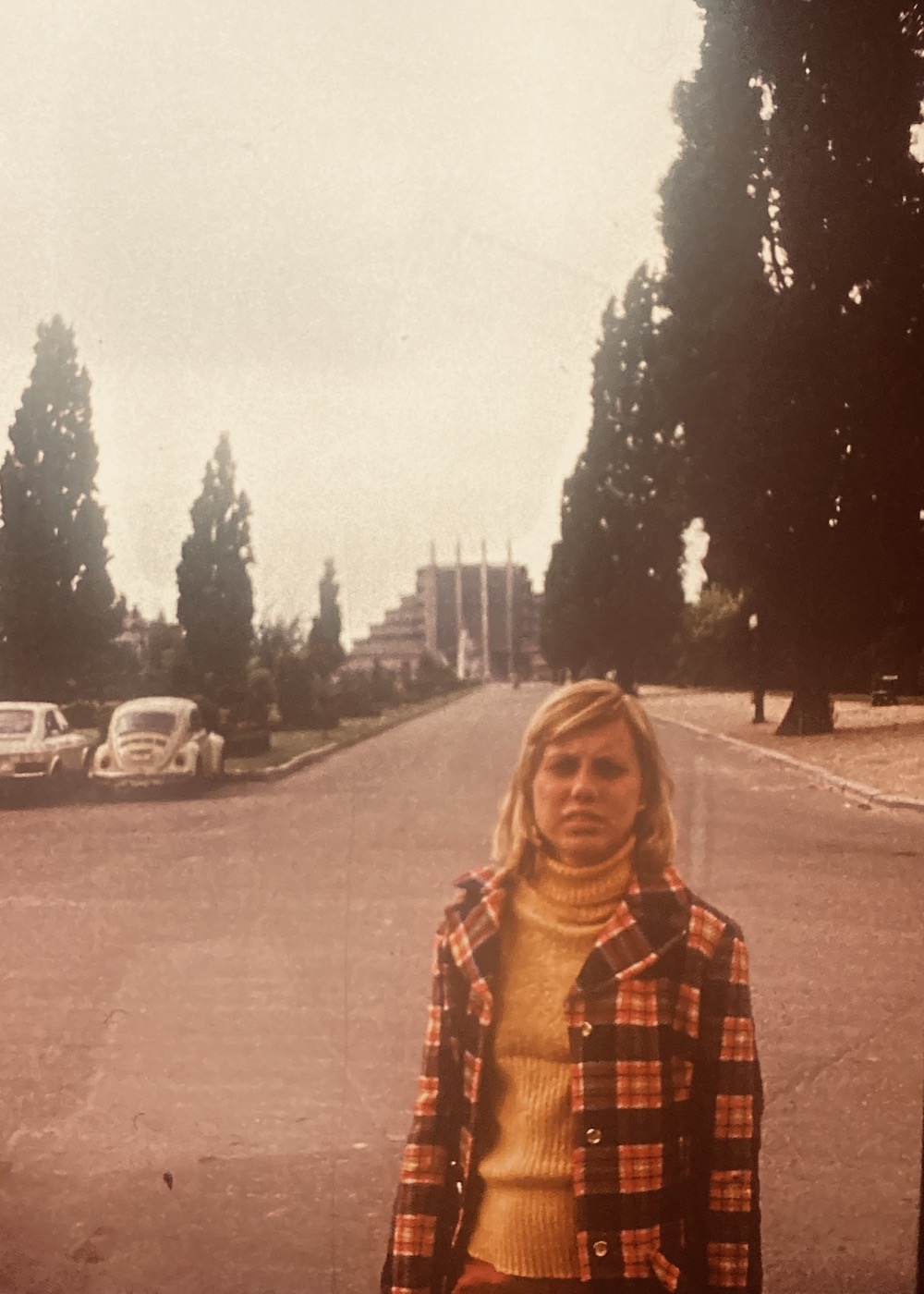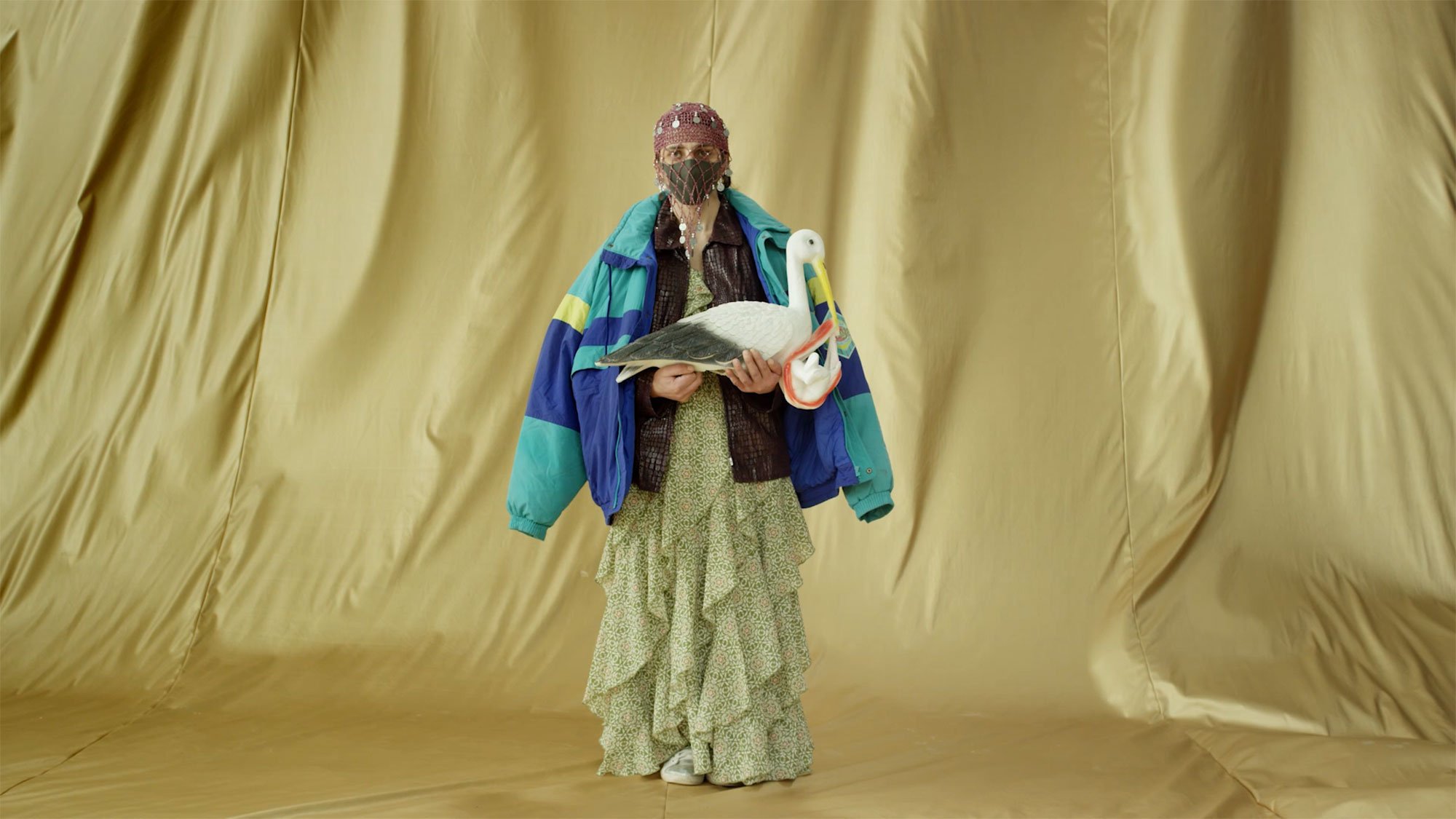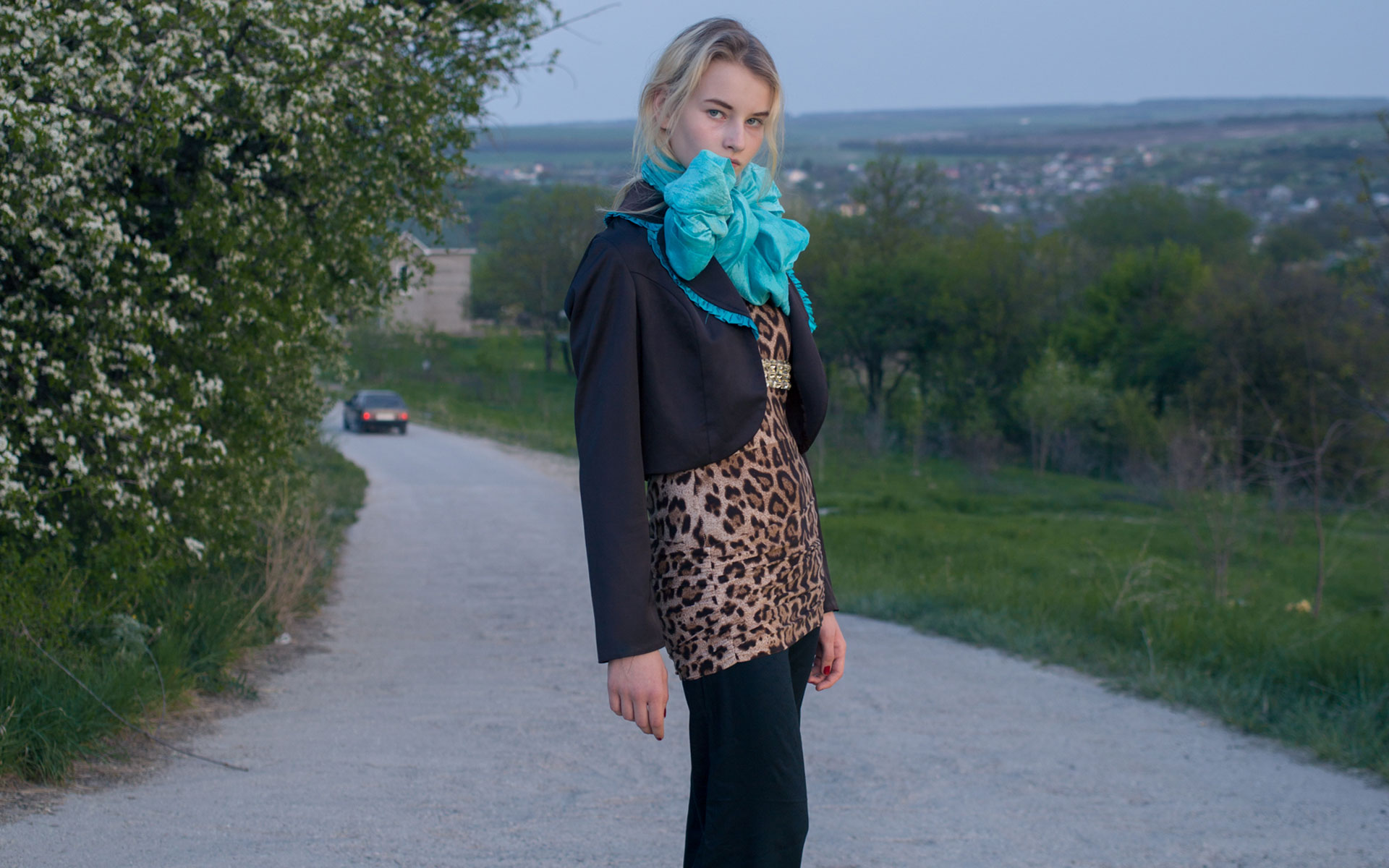What socialist style can teach us in an age of fast fashion
Modern shoppers have a growing addiction to fast fashion. As a society, we’re buying more clothes and wearing individual garments less: a trend which has a devastating impact both on the environment, and on the vulnerable and underpaid workers who make the latest must-wear items. But as more of us strive to become conscious consumers, could the socialist past provide some unexpected inspiration?
To say my grandmother loved fashion would be an understatement. She spent her free time scouring the streets of Bratislava in search of the perfect boot, the softest silk, or the most delicate lace. In socialist Slovakia, where consumer goods were scarce, such endeavours required the patience to spend hours standing in line, or the connections to know which shopkeepers could get their hands on the most sought-after items. Then there was individual craftmanship. Not only did my grandmother have a talent with the needle, but she would commission a personal seamstress to create the pieces she envisioned. She curated a personal closet filled with one-of-a-kind and made-to-measure outfits that she loved and treasured. Strutting around in the latest Western-inspired fashion was a point of pride, and a way to escape the reality of the day-to-day.
Then, capitalism arrived. Slovakia, much like the rest of the world, transitioned to a life of fast fashion: where quality, longevity, and individuality were trampled by the mass-production of cheap clothes designed to last only a season or two. We may have the same deep desire to express ourselves that carried my grandmother through the streets of Bratislava, but our clothes say otherwise: we have become adhering sheep of a deeply unsustainable system. We have learned that clothes are meant to be cheap and fleeting. Most UK shoppers wear each of their clothes just seven times on average, according to the British charity Barnado’s. The quality of what we wear has plummeted, but more importantly, factory-made clothes have become synonymous with poor working conditions and heavy pollution. Countless human lives and our planet have fallen victim to a world that can’t seem to stop consuming. The current system needs to change. But when I look for answers, I increasingly turn to my grandmother’s wardrobe.
Communism is not exactly a political exemplar. However, when I reminisce about my grandmother’s own passion for clothes, I think about how some aspects of socialist society could put our consumerist choices into perspective. During that era, women would invest in simpler and more traditional pieces that would last them a lifetime. Ultimately, my grandmother’s clothes will eventually outlive her.
Many of her choices were made for very practical reasons. Money was scarce, as were consumer goods such as materials. Garments, therefore, were often made from recycled fabrics, or re-tailored from pre-existing pieces. Women were able to wear made-to-measure items from patterns they had chosen, created from materials they had wanted. Most Slovak women knew how to sew, knit, crochet, and embroider. And if they weren’t making their own clothes, then it would be turned over to a seamstress who was part of the community: someone’s cousin, a neighbour, the mother of a child’s classmate.
Thanks to these personal connections, people valued the time and work that went into their wardrobe. Clothes were personal, and therefore loved and cherished by their owners. It makes a stark contrast to today’s global supply chains, where we often forget the real people behind our clothes. This disconnect allows us to overlook the lives of the underpaid women and children who are often exploited under atrocious working conditions. So far, it has taken large-scale tragedies, such as the 2013 Rana Plaza collapse in Bangladesh, for companies to be held accountable for their social and environmental impact.
It also means that even though clothes were better made, women would make do with a smaller wardrobe because what they owned were quality clothes made to truly last. The clothes also fit them well, simply because they had been tailored specifically for their bodies.
So why haven’t we already gone back to this slower, more personal forms as fashion? Simply put, as long as people are expected to follow unsustainable trend cycles, these problems will perdure. Real societal change needs to happen in order to see the end micro-trends and throw-away, Instagram-only pieces. My grandmother’s generation wore and re-wore their garments without the modern guilt of “outfit repeating”. On the contrary, they wore their clothes with great pride.
We need to stop fixating on what we will lose when it comes to shedding fast fashion — the price, the convenience — and instead concentrate on what we have to gain. Small independent designers, Depop sellers, and thrift shops are the bread and butter of Gen Z, who yearn for brands that match their environmental and ethical considerations but still provide a unique look. A new generation of designers, such as Marine Serre or Bundgaard Nielson, are choosing to create new pieces from pre-loved clothes and materials.
But while thoughtfully-minded eco-projects are slowly filling up the pages of fashion magazines, this is about more than being on-trend. We have to gain back the sense of pride, community, and tradition that was associated with fashion for former generations. During socialism, it was scarcity that fuelled innovation. Now, we can learn from their creativity. While “slow fashion” is nothing but a return to the past, it is ultimately the way forward.






